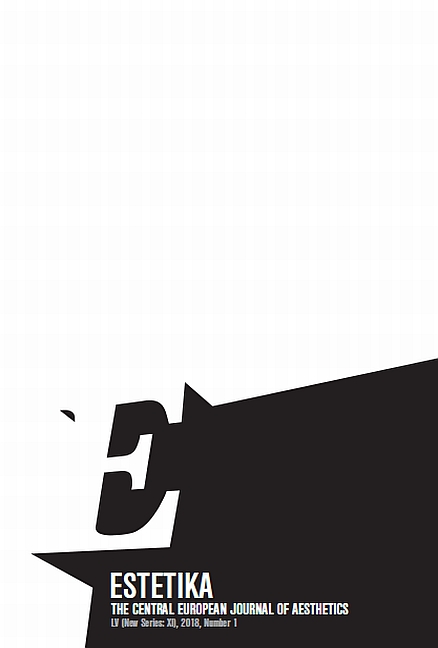Form and Function in the Congregational Mosque
Form and Function in the Congregational Mosque
Author(s): Michael H. Mitias, Abdullah Al JasmiSubject(s): Architecture, Semiology, Aesthetics
Published by: Helsinki University Press
Keywords: architecture;Islamic architecture;social-historical context;semiology of art;symbol;semiotics
Summary/Abstract: A large number of scholars have argued that a) Islamic architecture is hidden, in the sense that its interior is not articulated on the basis of its exterior; b) the form of Islamic buildings neither expresses nor embodies its function; and c) Islamic architecture is not tectonic or structural, but iconic in character. In this paper, we use Ernst Grube’s analysis of these three claims and focus our attention on the design of the congregational mosques. This paper presents informed arguments against these claims. We begin the discussion with a clarification of the meaning of ‘form follows function’. A clear understanding of the relationship between these two concepts is indispensable for evaluating the claims that Grube makes in his analyses. Then we argue that the form of the congregational mosque embodies its function in a significant manner. Finally, the paper explains in some detail how the function of a mosque is the basis on which its formal structure is designed. The proposition that we defend in this paper is that Islamic architecture exists and expresses the spirit of Islamic culture.
Journal: Estetika: The European Journal of Aesthetics
- Issue Year: LV/2018
- Issue No: 1
- Page Range: 25-44
- Page Count: 20
- Language: English

